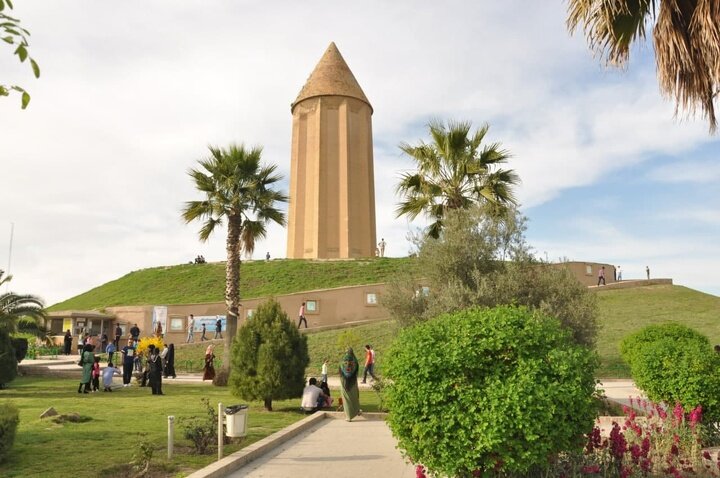Iran monitors subsidence at UNESCO-listed Gonbad-e Qabus tower

TEHRAN – Iranian heritage authorities are carrying out subsidence monitoring and technology studies on the UNESCO-listed Gonbad-e Qabus tower in Golestan province, the provincial tourism chief said on Saturday.
Fereydoun Fa’ali told a provincial technical council meeting that the project is being carried out in cooperation with leading scholars and specialists. The results will guide future decisions on technical restoration, lighting, landscaping and beautification projects around the monument.
He described the project as pursuing two complementary goals: scientific preservation and responding to public demand for physical improvement of the site.
Fa’ali added that coordination between Gonbad-e Kavus Municipality and the provincial heritage department has increased in order to organize the tower’s surroundings.

Standing more than 70 meters high, Gonbad-e Qabus is considered one of the world’s tallest pure-brick towers. Completed in 1006 CE by Ziyarid ruler Qabus Ibn Voshmgir, it is an example of early Islamic-era architecture. The tower’s hollow cylindrical shaft rises from a ten-pointed star plan to a conical roof, with encircling kufic inscriptions commemorating its founder.
The structure, located near the ancient Ziyarid capital of Jorjan, is visible from afar across the surrounding plains. UNESCO says it reflects cultural exchanges between Central Asian nomads and the ancient Iranian civilization and has influenced the design of other tomb towers in the region and beyond.
AM
Leave a Comment